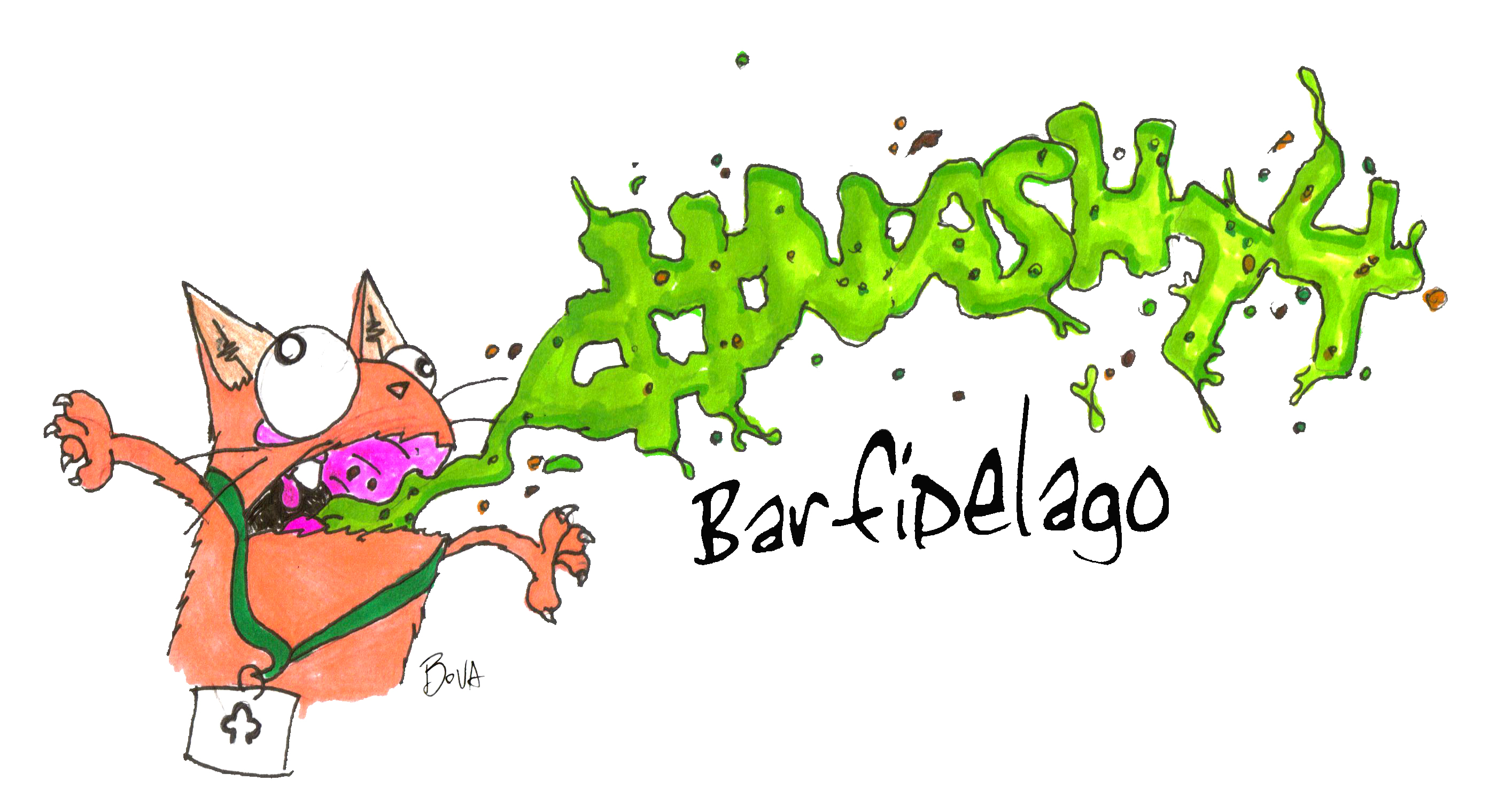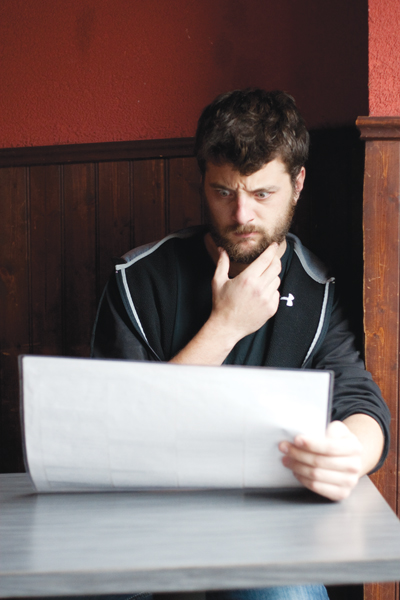How Twitter defined norovirus outbreak

ON JAN. 11, the Fulcrum editorial board and a group of its staff and volunteers set out for a national student journalism conference in Victoria, B.C. By Jan. 14, a large portion of our delegation fell ill with what turned out to be a small-scale outbreak of a highly contagious virus. The next 72 hours saw several Fulcrumites placed under voluntary quarantine and two sent to hospital. Unable to communicate in person, conference attendees turned to their already overactive Twitter accounts to update one another on the progress of the outbreak—and whether that was a good idea is debatable.
Point: #NotTheTimeOrPlace
When individuals are in a crisis situation, they immediately want to be comforted, and the easiest way to offer that comfort is through human connection and accurate, relevant information. This is where Twitter fails to be successful in a crisis.
Twitter is a social network. It takes the tweets of its many users and organizes them using hashtags. Since any one user can use any hashtag at any time, you end up with a lot of noise on the site. This noise, in turn, interferes with one’s ability to find and collect the relevant information they need.
For example, one phone call to the front desk of the hotel offered all of the information required to make educated decisions about the situation in Victoria. On the other hand, Twitter users were offering speculation and rumor, and no two claims seemed to match up.
The quality of the information and its source directly reflects the reaction of the affected audience. The use of Twitter to relay information caused mild hysteria and irrational thinking among a group of intelligent individuals—easily avoidable had the situation been handled personally and systematically.
Twitter offers a false sense of interaction, creating a distraction, which is fine when you’re keeping up with the Kardashians but problematic when you attempt to understand and react to an unfolding crisis. What Twitter offered in this case was speculation and uninformed commentary, but what we needed was hard facts.
A crisis needs a hierarchy of informed individuals offering information to the affected, not a sea of casual observations. Twitter has a time and a place—this was neither.
—Kyle Hansford
Counterpoint: #CommunicationForTheQuarantined
It was still evening on Saturday when the severity of the situation in Victoria began to hit me. Our annual formal gala cancelled due to rapidly spreading illness amongst delegates, I began to feel sick myself after seeing so many attendees drop like flies around me.
By the small hours of Sunday morning, I fell ill myself. Violently ill and unable to leave my room, I had no way to update Fulcrum staff or conference organizers on my condition. Stuck between a rock and a hard place, I turned to Twitter.
Given that no water, medication, or other sustenance would stay down, Twitter quickly became the best tool at the disposal of the “sickies,” as we were affectionately dubbed by a Fulcrum staffer. It was through this social networking powerhouse that I was informed not to leave my room, notified to expel all healthy people from my room, instructed on how to stay hydrated and avoid hospitalization, and added to the list of those in need of immediate medical attention.
If it had not been for the insight of conference attendees to turn to Twitter en masse, information would not have been available in time to curb the spread of infection and address concerns of those who fell ill early.
For many, Twitter was the only tool available to keep the flow of information moving between those under quarantine and those free to move around. Without it, where would we have turned? Facebook?
—Jaclyn Lytle





